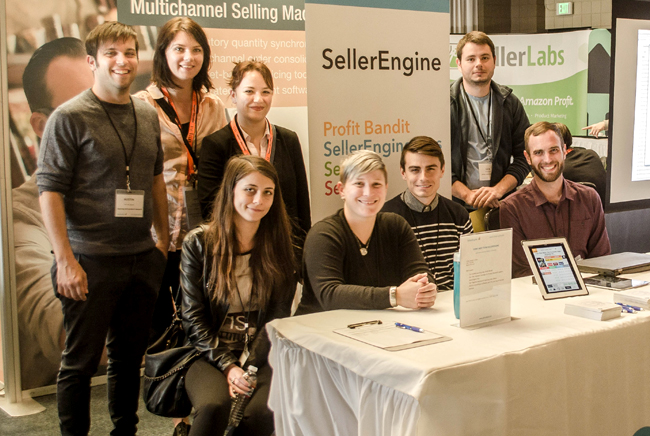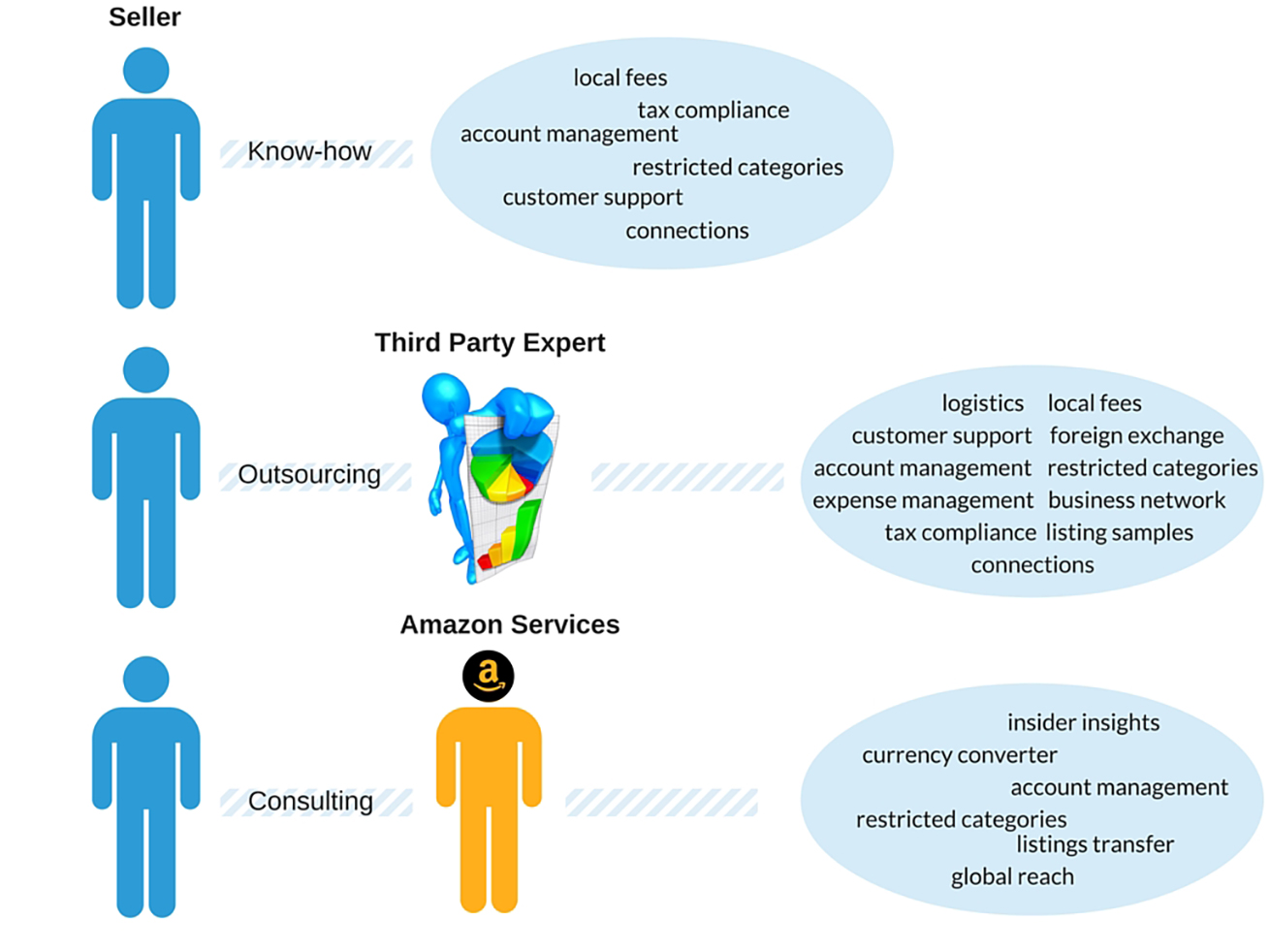
Amazon is the world’s largest e-tailer, and it’s growing relentlessly. So, too, are an Amazon seller’s opportunities and challenges. Branching out into a new market, selling in product categories that are gated, knocking down shipping costs and breaking language barriers – these are questions you’ll need to face, sooner or later. But the first question an Amazon seller asks is: ‘Where do I begin?’
Before we go into what it takes to expand internationally on Amazon, we should first point out that language plays a big part in the process. Relying on the resources of a multinational team can open doors for you on venues that don’t use your native language, as we’ll see below.
So, here’s how to go about expanding:
1. Choose a Venue
There are several things to consider here. Catalog size, inventory size, logistics, profitability estimates, your product’s local demand and popularity, the type of competition, etc. Figure out what resources you’d have to put into each one of these venues, find the pros and cons of selling on them, and then narrow down your list to 2-3 options.
2. Sort out Taxes
While taxes, duties and custom fees can be very similar on certain types of goods for neighbouring countries, aspects like tax registration and filing tax returns can be very different. Germany’s tax system, for instance, is hard to navigate, by all accounts.
With only 2-3 venue options left, it’s much easier to look into tax requirements for these ‘finalists’ only, rather than all 14 venues. Try to get a realistic estimate based on the type of products you’d like to sell, preferably from accountants who operate in the countries you’ve selected.
3. Set Out Your Price Strategy
There are experts out there who can provide price calculation samples for you to see and compare. Once you’ve also prepared an estimate of how much you can hope to sell and earn based on the price calculation sample, it should be much easier to decide which venue to go with. Also, now is the time to set out your overall strategy, and to think about how you’d like to price your products to turn your goals into reality.
4. Speak to Local Sellers
By now, you must have a clear favorite. But before you commit to anything, look for unbiased advice from Amazon sellers with experience. We recommend speaking to local, experienced sellers face-to-face, if possible. In fact, it wouldn’t hurt to travel to the country in question, to get a feel for how businesses are run there, and to familiarize yourself with customs and other cultural aspects.
Local Amazon sellers may be able to offer valuable insights. Issues like Lang Law, for instance, may not be on an accountant or a consultant’s agenda, but a French Amazon seller may be able to offer some insider tips.
5. Open an Account
Now you’ve made up your mind, you’ll need to set those wheels in motion. Amazon representatives can help set up the new account, transfer your listings to the new platform, and occasionally offer some insider tips.
From then on, you should consider using professional human translators, and ideally a one-stop professional translation company that can serve as a partner to centralize all translations. Assigning them to take control of content creation for your listings will help your product descriptions sound more natural. The best translation company for you will vary. Whichever approach you decide upon, please ensure translators are professionals and are paired by subject matter expertise. The message you convey to Amazon users via storefront information is also very important, and translators can make sure that you come across as a reliable and customer-oriented seller.
6. Find Customer Support Staff
You’ll need someone to handle your incoming and outgoing communication with Amazon representatives and buyers. Amazon has made it very clear that it expects native or fluent speakers to handle emails in the local language, whichever fulfillment channel you use. You may need to choose between having in-house representatives and relying on professional translators to carry out the task.
7. Outsource Some of Your Operations
There are three ways to go about selling on a new venue: trying it on your own, relying on third-party experts, or depending on an Amazon representative from the Services Team (provided you received a formal invitation).
For smaller, below-the-radar sellers, this tends to be a two-sided debate, because Amazon’s reps tend to focus on more prominent sellers. Also, for those who have the privilege of being invited, the deal-breaker is the fact that once the account is up and running, the appointed representative is no longer there to help.
We recommend the second option – relying on delegates who can give you access to their business partners, warehouses and logistics. You may be able to outsource most of your operations, in fact. Some third-party experts can handle all of the issues mentioned above, and they can help you meet performance targets, reinstate lost privileges or keep track of changing regulations.
 Fig. 1 Three Approaches to International Expansion
Fig. 1 Three Approaches to International Expansion
If you’d like to learn more about the advantages of using third-party support from Amazon merchant specialists to expand internationally, download the free Global Selling eBook. Better yet, check out SellerEngine’s service package, and let’s grow your business together! SellerEngine makes Amazon easy.
This was a guest post by SellerEngine’s Maria Pîrvulescu, who connected with Interpro at IRCE 2016. As member of the Business Development team, Maria is an expert in global expansion for Amazon sellers, and is keen to share some insights into the challenges online merchants face, and the solutions available to them.


